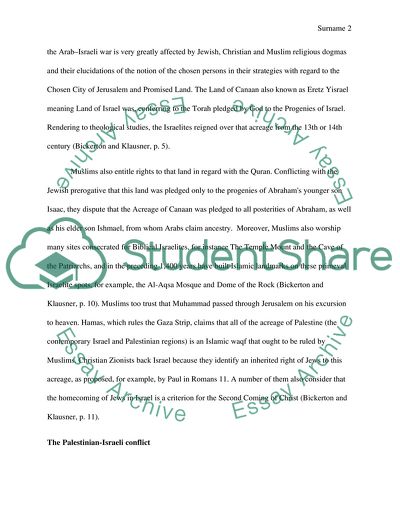Cite this document
(Contemporary Conflict in the Middle East Book Report/Review, n.d.)
Contemporary Conflict in the Middle East Book Report/Review. Retrieved from https://studentshare.org/politics/1766653-book-review-of-history-of-the-arab-israeli-conflict-entire-book-by-ian-j-bickerton-carla-l-klausner
Contemporary Conflict in the Middle East Book Report/Review. Retrieved from https://studentshare.org/politics/1766653-book-review-of-history-of-the-arab-israeli-conflict-entire-book-by-ian-j-bickerton-carla-l-klausner
(Contemporary Conflict in the Middle East Book Report/Review)
Contemporary Conflict in the Middle East Book Report/Review. https://studentshare.org/politics/1766653-book-review-of-history-of-the-arab-israeli-conflict-entire-book-by-ian-j-bickerton-carla-l-klausner.
Contemporary Conflict in the Middle East Book Report/Review. https://studentshare.org/politics/1766653-book-review-of-history-of-the-arab-israeli-conflict-entire-book-by-ian-j-bickerton-carla-l-klausner.
“Contemporary Conflict in the Middle East Book Report/Review”, n.d. https://studentshare.org/politics/1766653-book-review-of-history-of-the-arab-israeli-conflict-entire-book-by-ian-j-bickerton-carla-l-klausner.


